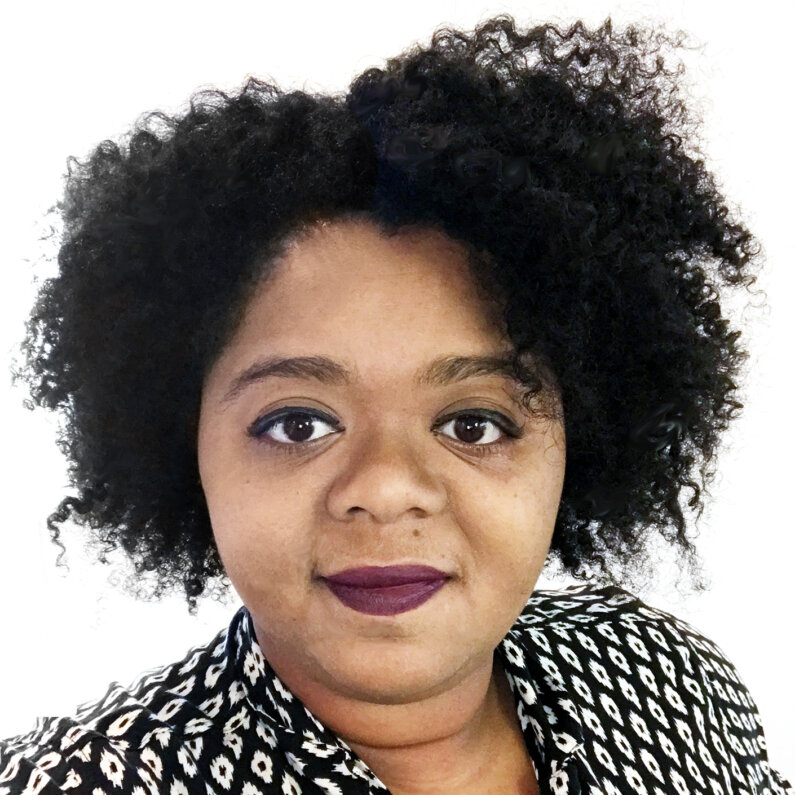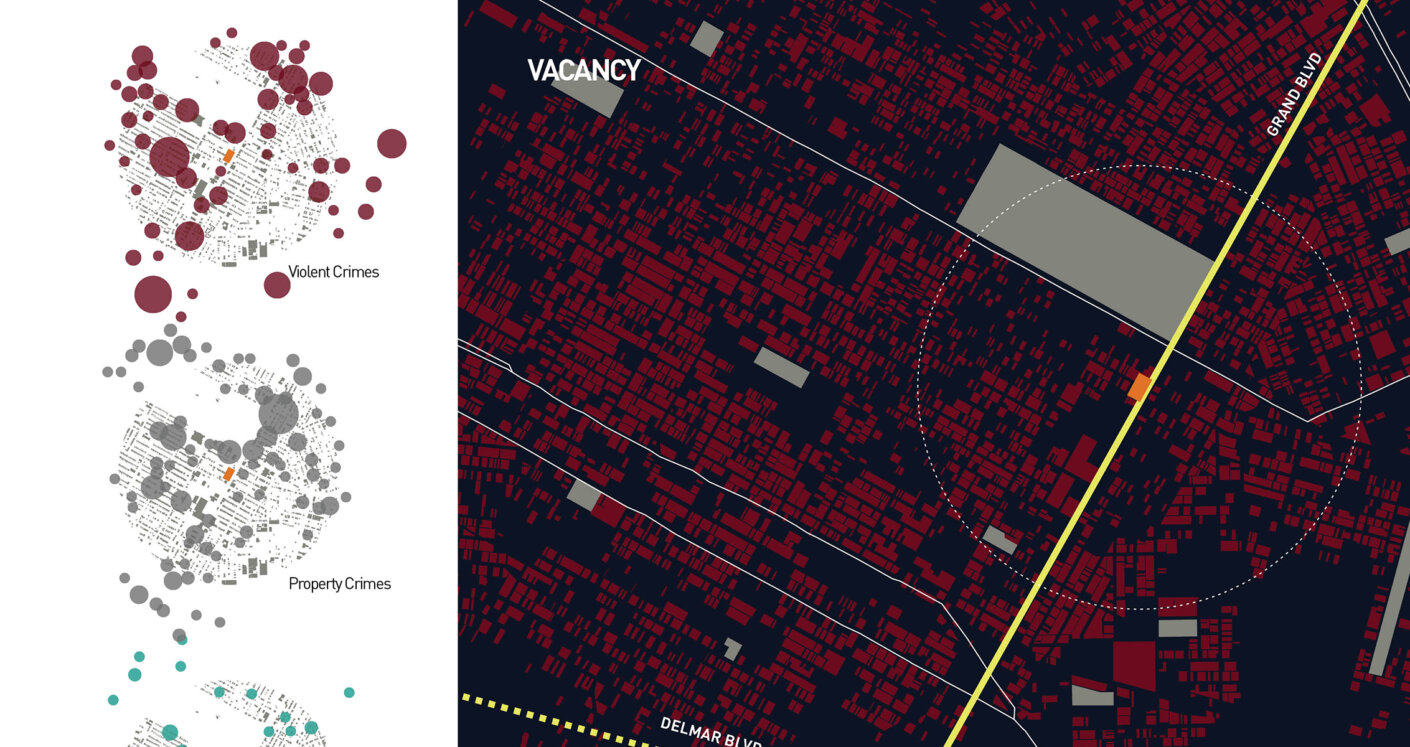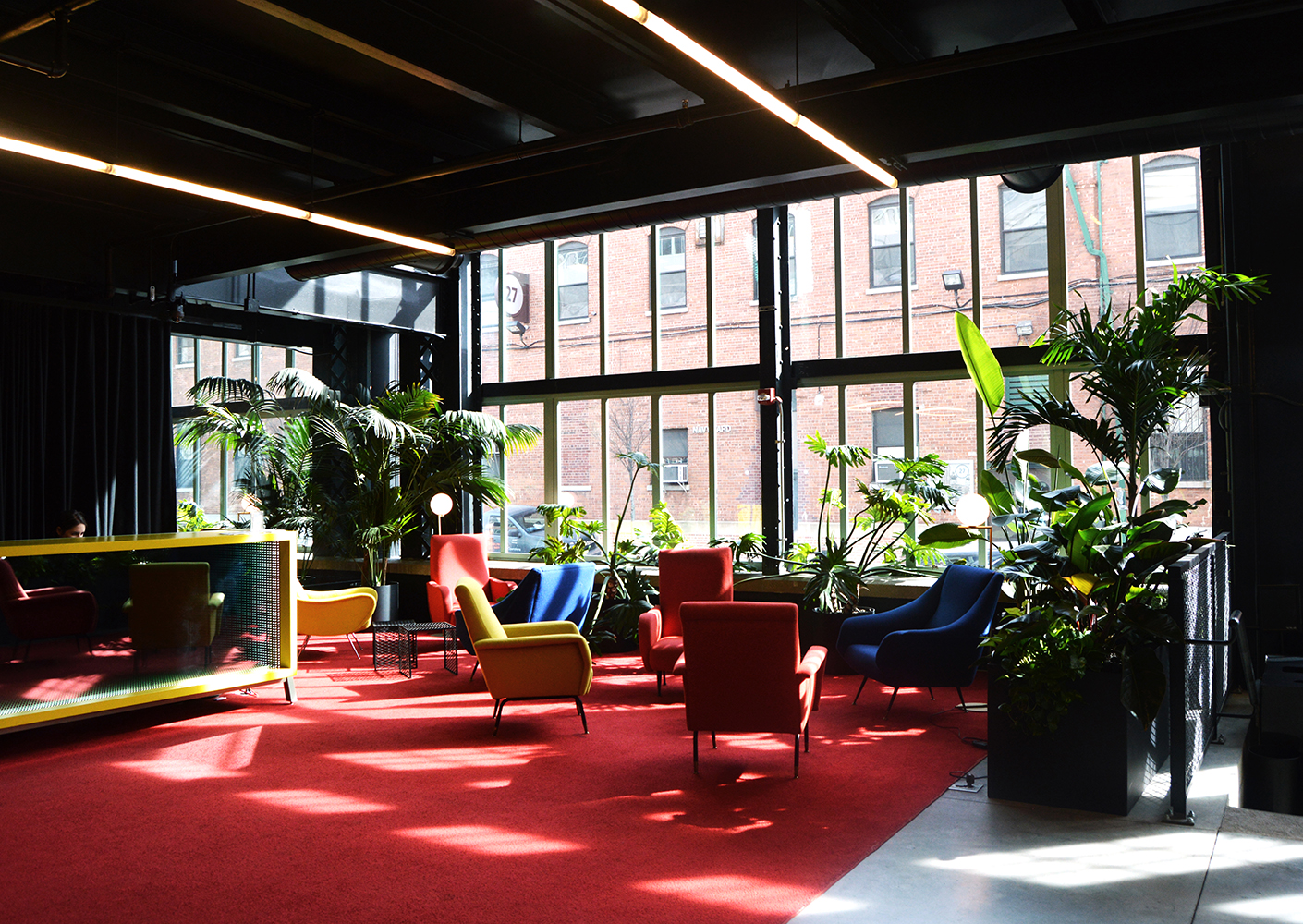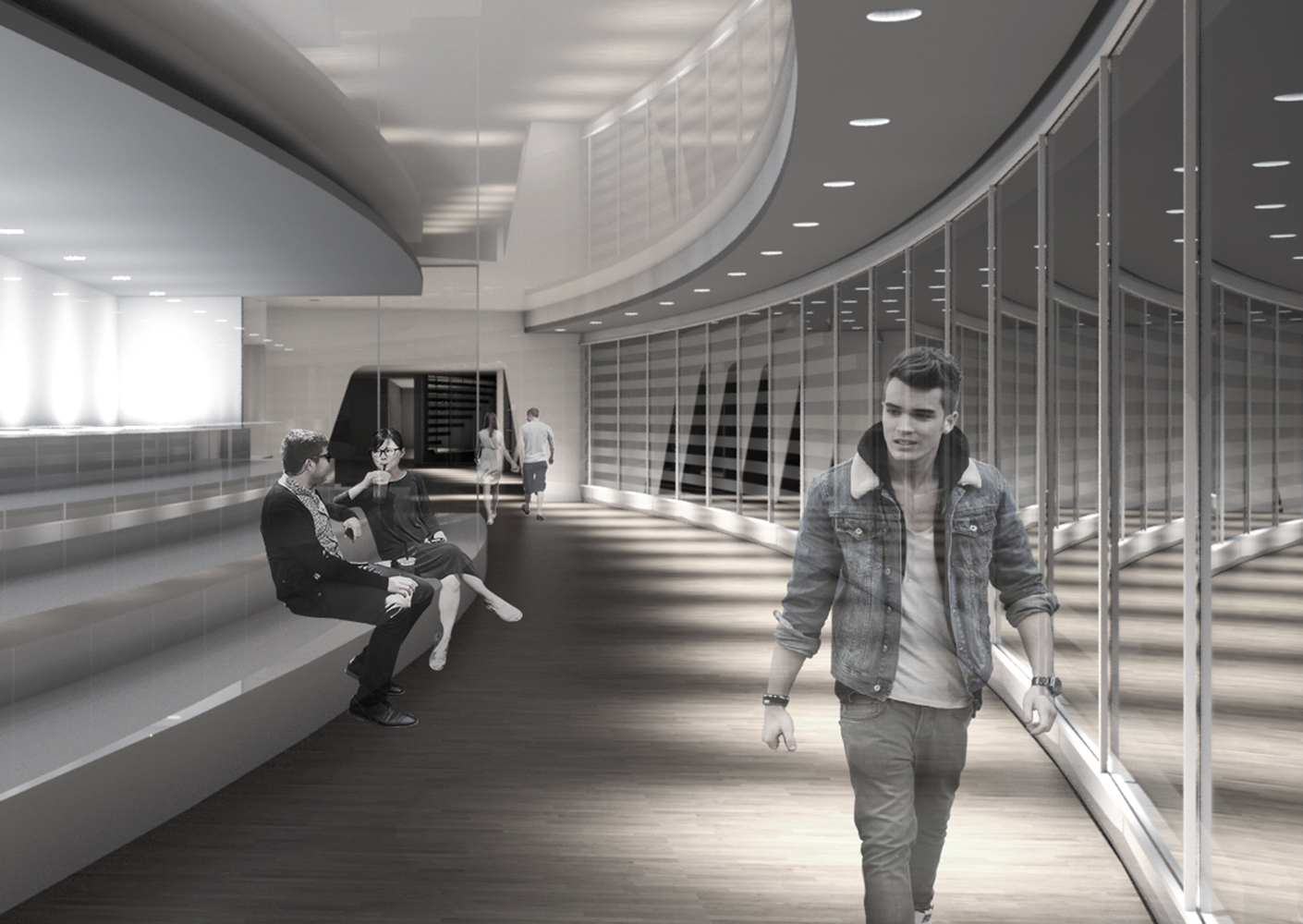
Where are you from?
Kansas City, MO. GO CHIEFS!!
In what city do you live?
Seattle, WA
What is your degree, and what institution is it from?
Master of Architecture and Master of Urban Design from Washington University in St. Louis
Why is healthcare design so important to you?
Healthcare design to me is an intrinsic part of good design in any market. We should be looking at health as a metric in education, residential, civic, corporate, hospitality, in addition to medical facilities. More importantly, we should always be mindful advocates of the wellness within the immediate communities in which our building is intended to serve.
There is added urgency right now during a global pandemic for designers to be innovative in how we plan spaces to accommodate health crisis on both micro and macro scales. What design models can we investigate further to be more resilient when the next outbreak occurs, and how can we make sure that everyone has equal protections throughout our communities? Right now, people of color are disproportionately vulnerable to Covid-19 due to the lack of access to healthcare, an increased population of essential workers, and preexisting illnesses that are often attributed to poor air quality, food deserts, and compromised immune systems within the city. Many of these things are a direct result of the built environment in which we live, and it is my desire to seek how design can be used as a tool towards healing these issues.

Why did you want to pursue a career in healthcare design?
Throughout my graduate studies at Washington University in St. Louis, I have become increasingly interested in how design can be used as a tool to evoke social and environmental change. One of my earliest professors, Catalina Freixas, always challenged me to look beyond the aesthetic beauty of architecture, and to pursue meaningful solutions through design. This was particularly meaningful to me during her urban studies seminar entitled “Segregation by Design,” that I later became the teaching assistant for. This course looked at how architectural design, policy, and planning plays a distinct role in how communities are segregated and disenfranchised within St. Louis, MO, as well as other cities across the United States.
Since then, I have taken this ideology with me throughout the remainder of my academic career, particularly when I began my coursework towards my Master of Urban Design. I’ve been privileged with numerous opportunities to travel and see various parts of the world to better understand their own cultural attitudes towards design and equity. I’ve been able to immerse myself within the Catalan culture of Barcelona, study the urban transit centers in London, explore the striking socioeconomic struggles of Johannesburg, and personally interact with the merchants and consumers of Ugandan markets. I believe to truly have empathy for one another and put that work to practice, we must purposefully engage with the communities we serve, especially ones of different backgrounds. To me this is the only way to ensure that we as designers can envision the best solutions with everyone in mind.

What was it about the E. Todd Wheeler Health Fellowship that attracted you?
I was introduced to this Fellowship from an undergraduate classmate of mine who herself was a health fellowship recipient at HKS. I was particularly intrigued with the opportunities that these fellowships provided for me in continuing my research in healthcare design as an extension to my architectural thesis at Washington University in St. Louis.
During my last year in school I was investigating how communities fragmented by race, blight, opportunity, poverty, and crime affects the wellness and the mental fortitude of its residents. In St. Louis specifically, there is a distinct line segregating most of the resources between the northern and southern territories of the city, most commonly known as the “Delmar Divide.” North of this line lays an alarming number of households living in poverty, overwhelmingly being people of color, in comparison to their neighbors immediately south of the line where property values jump on average by $200,000. Subsequently, communities to the north also lack healthy food resources, economic opportunity for upward mobility, and experience a significant increase in crime, of both violent and non-violent nature.
Understanding this, I began to further research how these environmental conditions affected the psyche of its residents, particularly in reference to anxiety, depression, and PTSD. Most people diagnosed with Post Traumatic Stress Disorder are victims of assault, childhood and/or sexual abuse, and an overexposure to violence, trauma, and death; many of these things experienced by residents on a regular basis. Within the E. Todd Wheeler Health Fellowship, I believe it provides the opportunity to look at similar issues within other cities of varying scales, and to potentially understand trends that may be happening across numerous communities in regards to community health and wellness.
What does it mean to you, personally, to have been selected as a health fellow at our firm?
It is truly an honor to have been chosen as the E. Todd Wheeler Health Fellow this year with Perkins&Will. Prior to my knowledge of the fellowship, I had always admired Perkins&Will’s dedication to human centric design and empathy-based models. I believe sometimes as architects, we get caught up in the beauty of the design and often forget the communities of people it serves, outside of our direct clients. I am thrilled to be amongst such talented and inspiring individuals daily, and I am excited to see what more we can offer as an industry leader in architectural design.

What do you hope to learn from the experience?
With this fellowship, I hope to absorb as much as I can about healthcare design from other industry leaders in and out of the design realm. My background, unlike other fellows is not grounded in healthcare design directly, instead I have more experience in equity and environmental resiliency. However, I do hope that I can utilize my skillsets to analyze how we can use healthcare design through various urban scales in communities that desperately lack medical attention and resources.
Which Perkins&Will studio will you be doing your fellowship with?
Seattle
When you’re not designing healthcare projects, what do you do in your spare time?
I’m a huge music enthusiast, I love playing and listening to live music. I’m a drummer by default, but I love fiddling with any new instrument I can get my hands on.
Favorite ice cream flavor:
Strawberry Cheesecake
How you prefer your coffee or tea:
Iced coffee with a splash of soy milk
Favorite color:
Burgundy
The one song that always makes you feel like dancing:
I Like It – Cardi B, Bad Bunny, J Balvin
